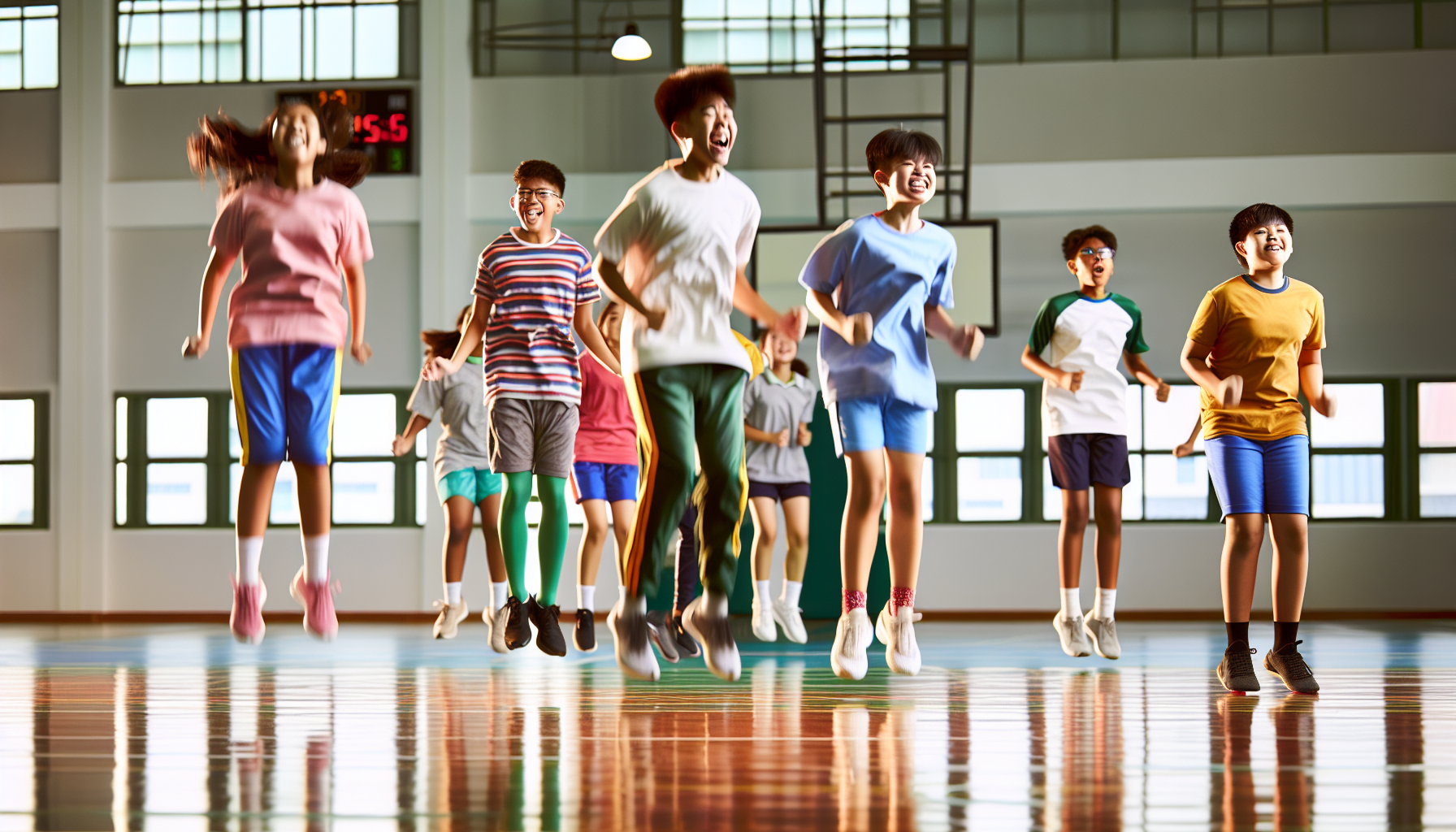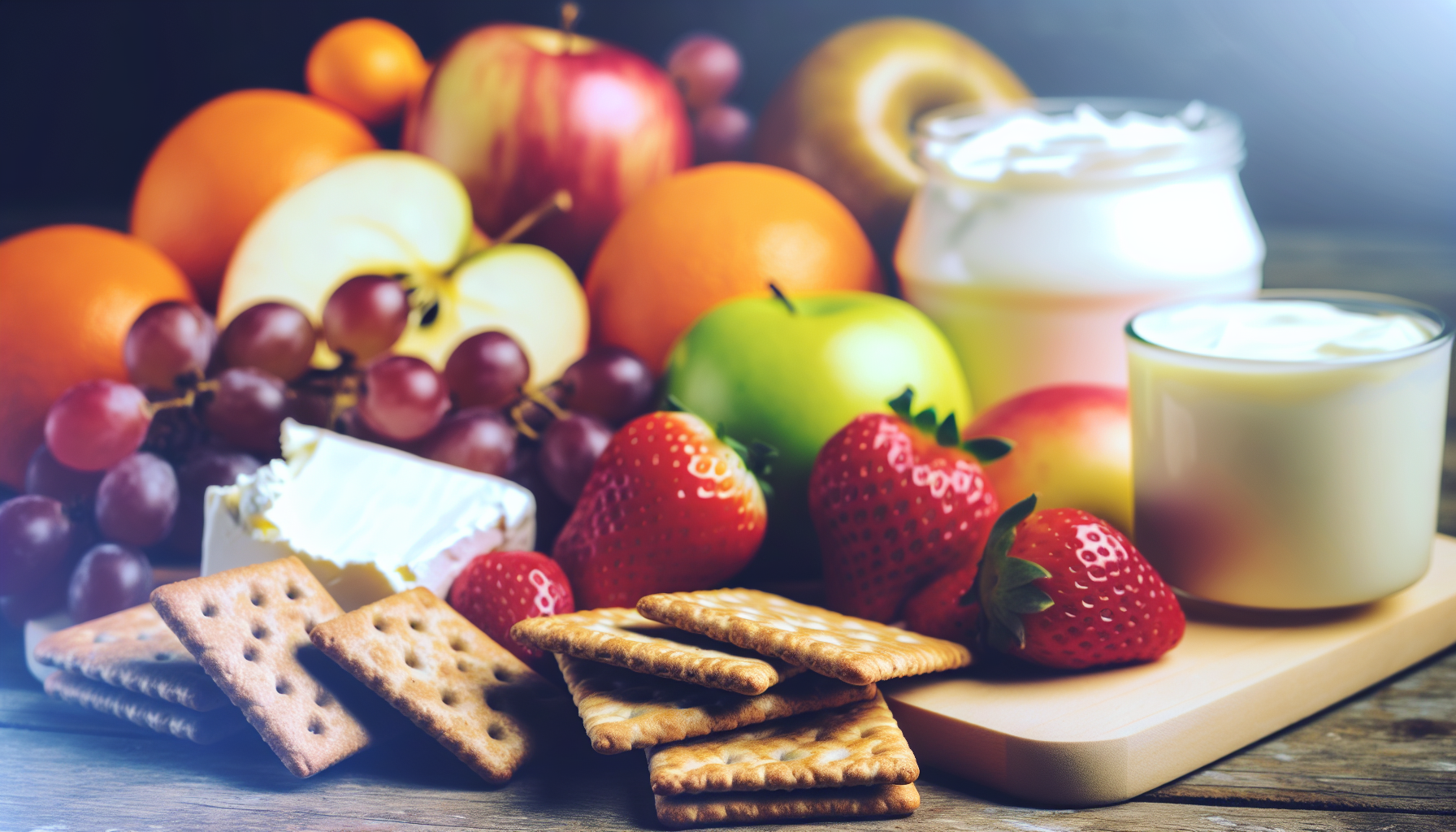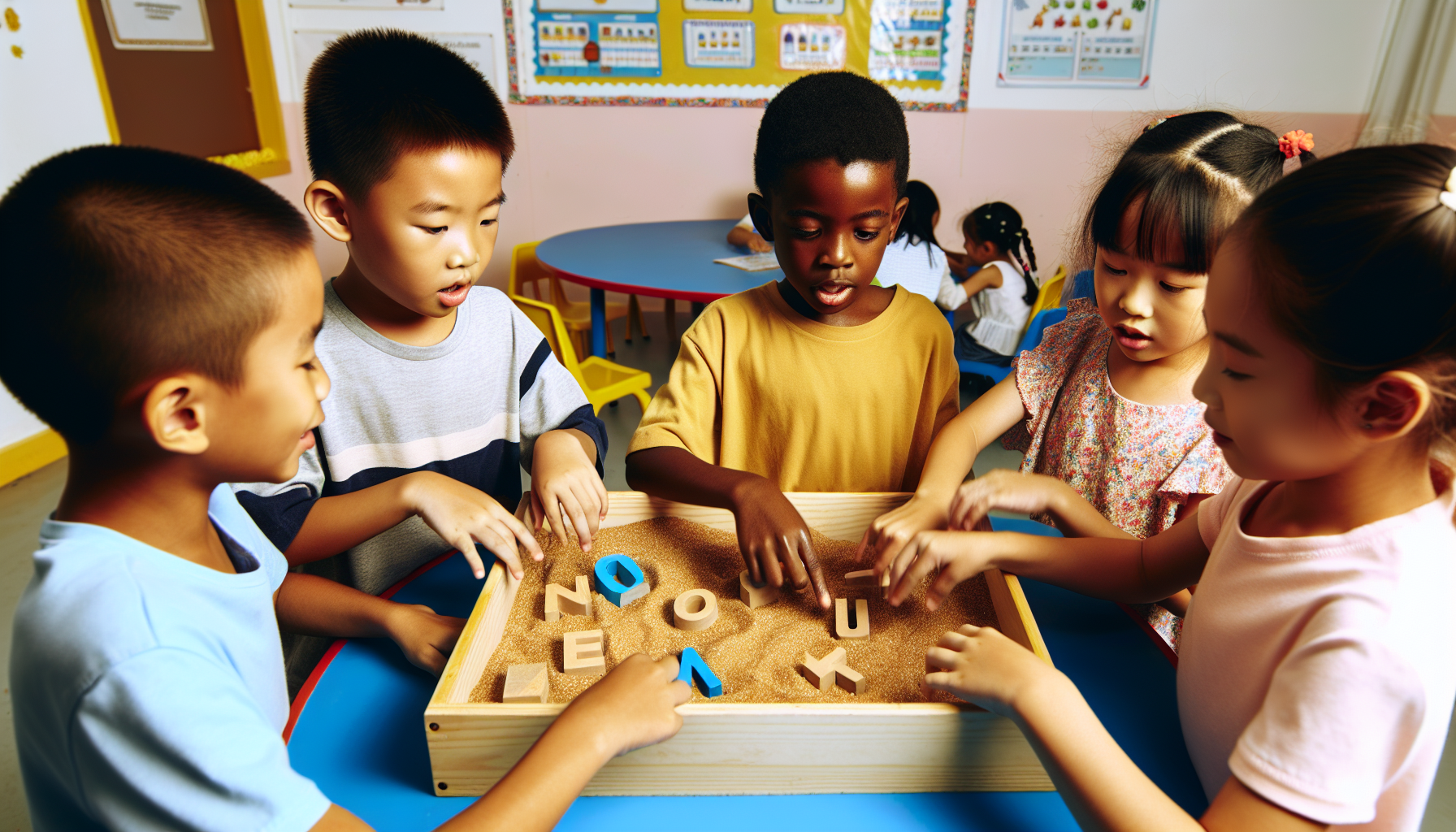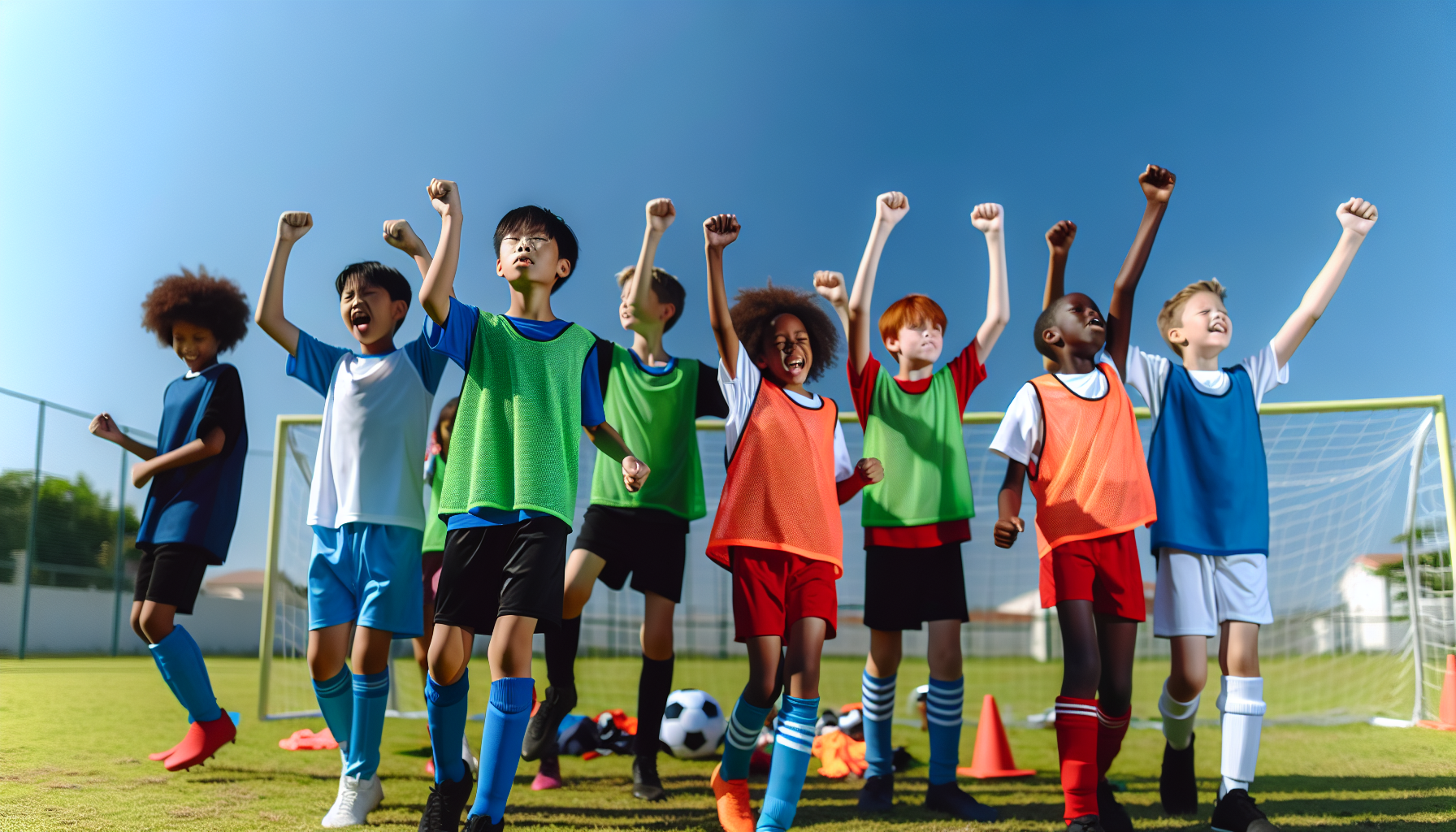Wondering if your toddler is hitting their physical milestones on time? Every parent does. In this guide, you’ll discover the essential physical milestones for toddlers, from taking their first steps to feeding themselves. Learn what to expect at each stage of development and how to encourage their growth every playful step of the way.
Table of Contents
ToggleKey Takeaways
- Physical milestones in toddlers, such as gross and fine motor skills, are crucial indicators of development, and can be nurtured through active and interactive play.
- Toddlers exhibit growing independence as they achieve milestones like potty training, dressing, and using utensils, which can be facilitated with patience and positive reinforcement.
- Ensuring a balanced diet, implementing safety measures to prevent injuries, and recognizing developmental delays early can significantly impact a toddler’s physical and cognitive growth.
Navigating the Toddler Years: Key Physical Milestones
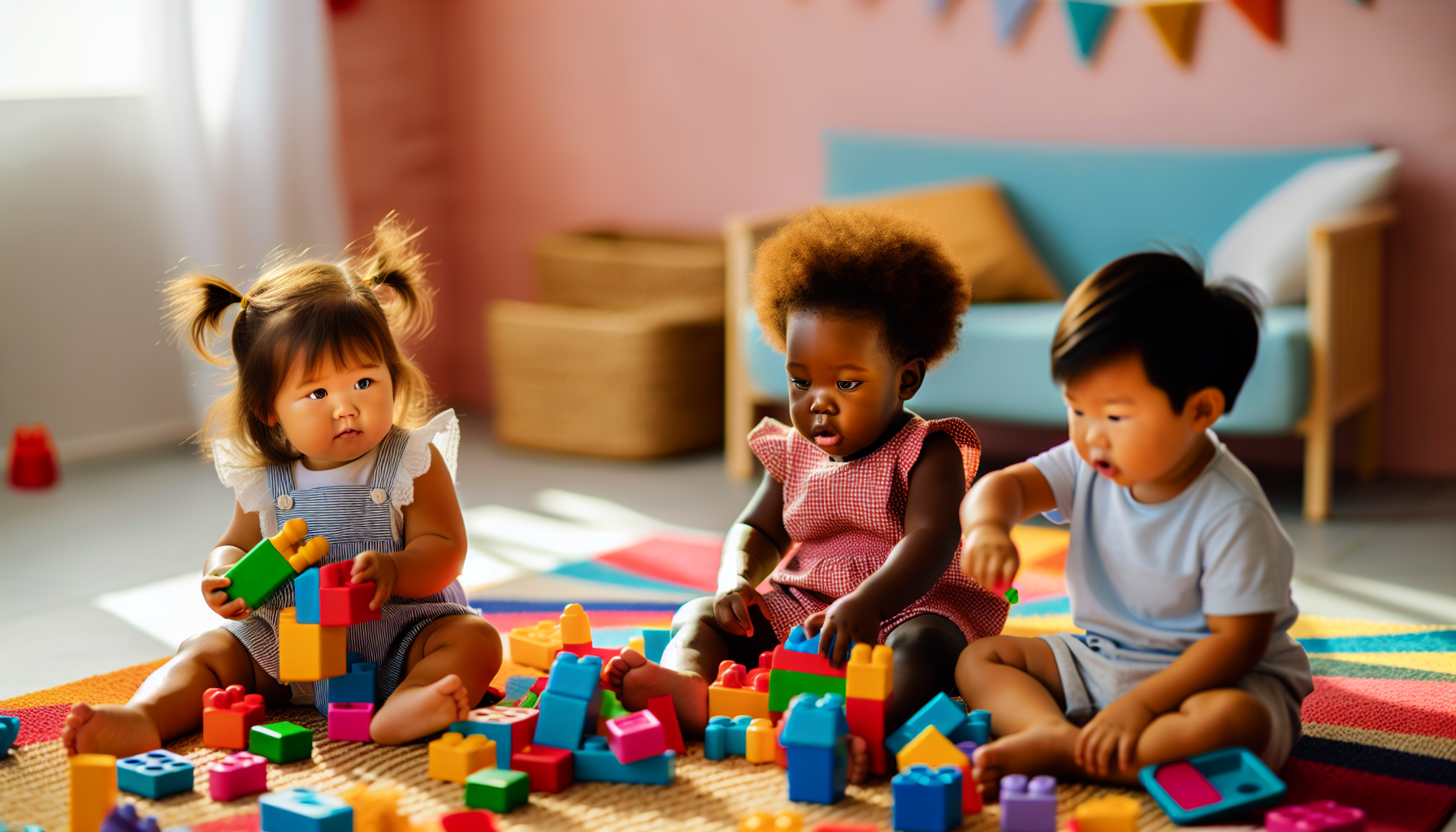
Embarking on the journey to understand the toddler years, we should bear in mind that each child’s development is unique. Despite this individuality, there are significant milestones that most toddlers reach within a specific age group. These milestones offer a valuable perspective on how a child’s brain develops and the learning process of new skills.
A grasp of physical development milestones can enhance your ability to support your child’s physical growth and development using a milestone tracker mobile app.
Mastering Gross Motor Skills
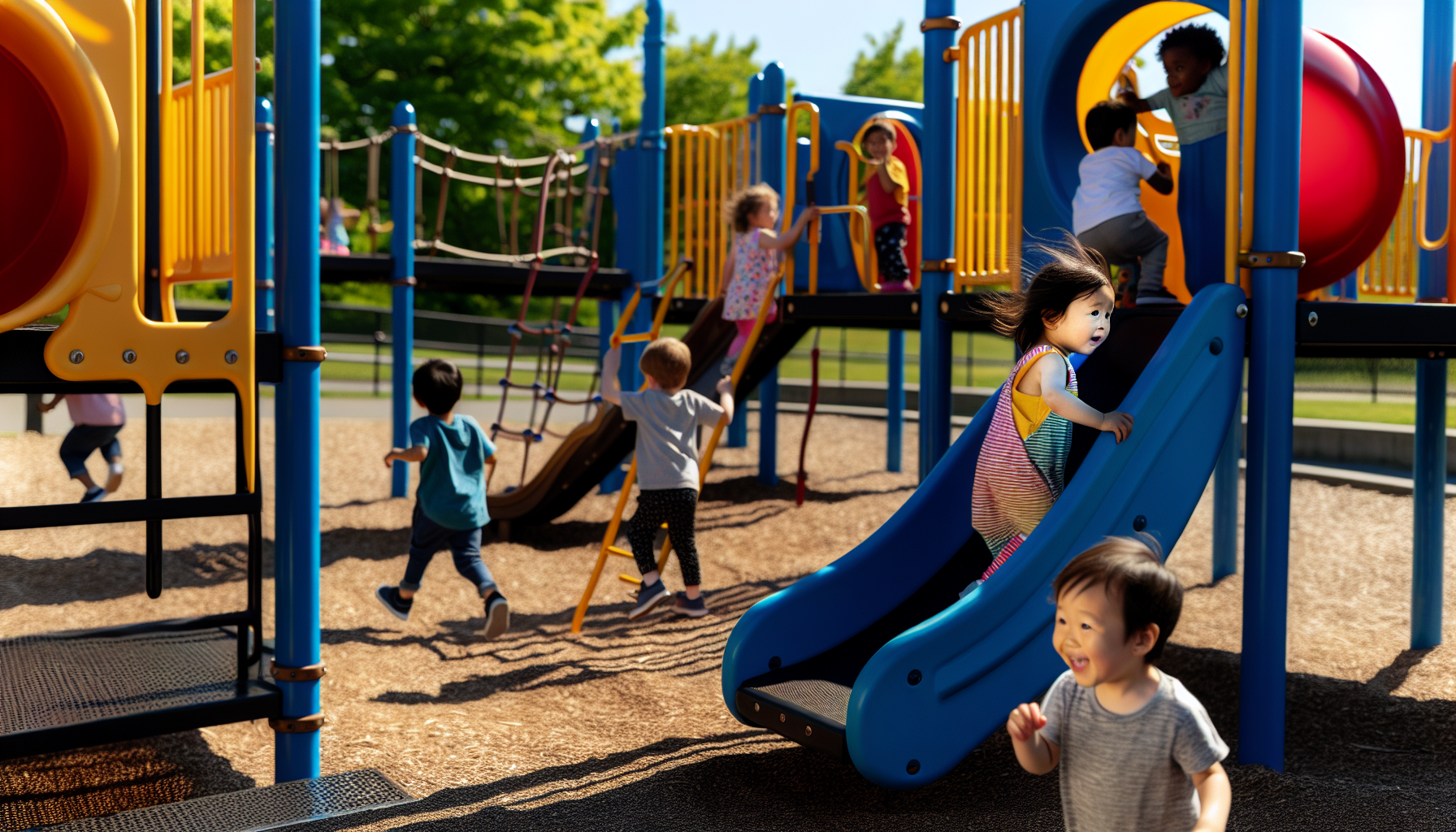
Gross motor skills involve the larger muscles in the arms, legs, and torso. These skills play a crucial role in movements such as walking, running, and climbing stairs.
Nurturing these skills through active play during your child’s toddler years can greatly boost their physical development.
Fine Motor Milestones

On the other hand, fine motor skills involve smaller muscle groups, particularly in the hands and fingers. These skills enable a toddler to perform tasks that require precision, such as grasping objects, building a tower of blocks, or turning pages of a book.
Activities that enhance fine motor skills can greatly aid a toddler’s cognitive development.
Movement and Coordination
Movement and coordination lay the foundation for a child’s physical abilities. As toddlers grow, they achieve new skills that are critical for their overall physical development, such as walking up and down stairs and kicking a ball. Participating in playful activities that stimulate these skills can greatly uplift your child’s motor development.
Celebrating Independence: Self-Care and Mobility
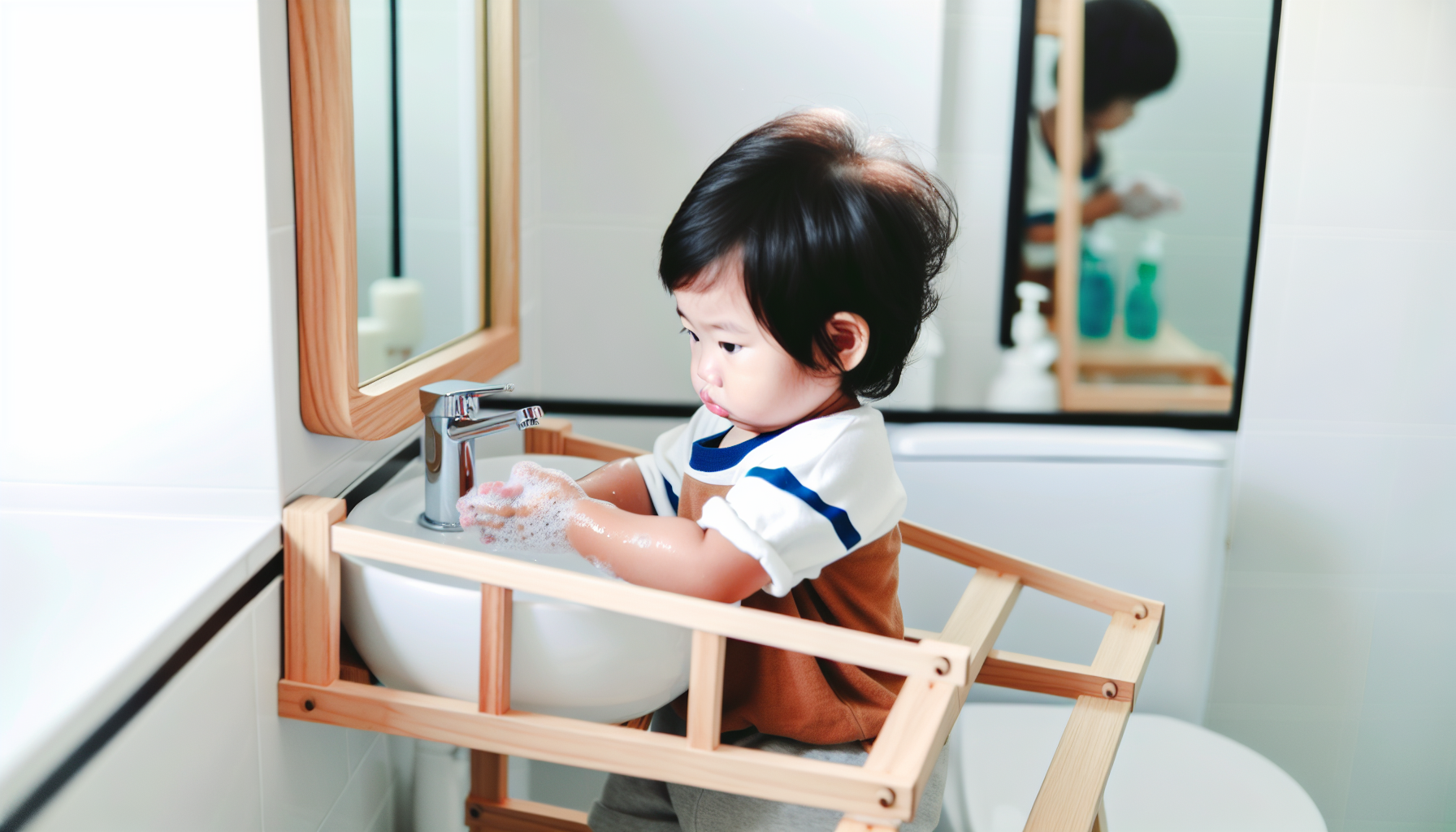
As toddlers progress in their physical development, they begin to exhibit a sense of independence. This newfound autonomy is apparent in their self-care abilities and improved mobility. As children develop, the enhancement of fine motor skills enables activities like using a spoon and cup, waving goodbye, and clapping hands.
Similarly, improved movement and coordination allow them to walk forward and backward, run, and use eating utensils with better control.
The Journey to Potty Training
One significant milestone that signifies a toddler’s growing independence is potty training. This process requires readiness and patience from both the child and the parents. Recognizing the signs of readiness, such as staying dry for longer periods and showing awareness of the need to urinate or have a bowel movement, can help ease the transition.
Dressing and Undressing
Mastering the ability to dress and undress is another significant milestone that signifies a toddler’s growing independence. This process starts with simple tasks like removing socks or putting on a hat and gradually advances to more intricate tasks involving buttons and zippers.
Parents can support their child’s growing autonomy by selecting clothing with uncomplicated fasteners and providing positive reinforcement.
Interactive Play and Physical Development
Interactive play holds a pivotal role in a toddler’s physical development. It is categorized into four types of play, each playing a part in different aspects of a toddler’s development:
- Active play
- Role play
- Constructive play
- Creative play
Involving toddlers, other children, and children ages in activities that spark their imagination and flex their muscles can help them handle various emotions, foster empathy, and hone their motor skills.
Encouraging Active Play
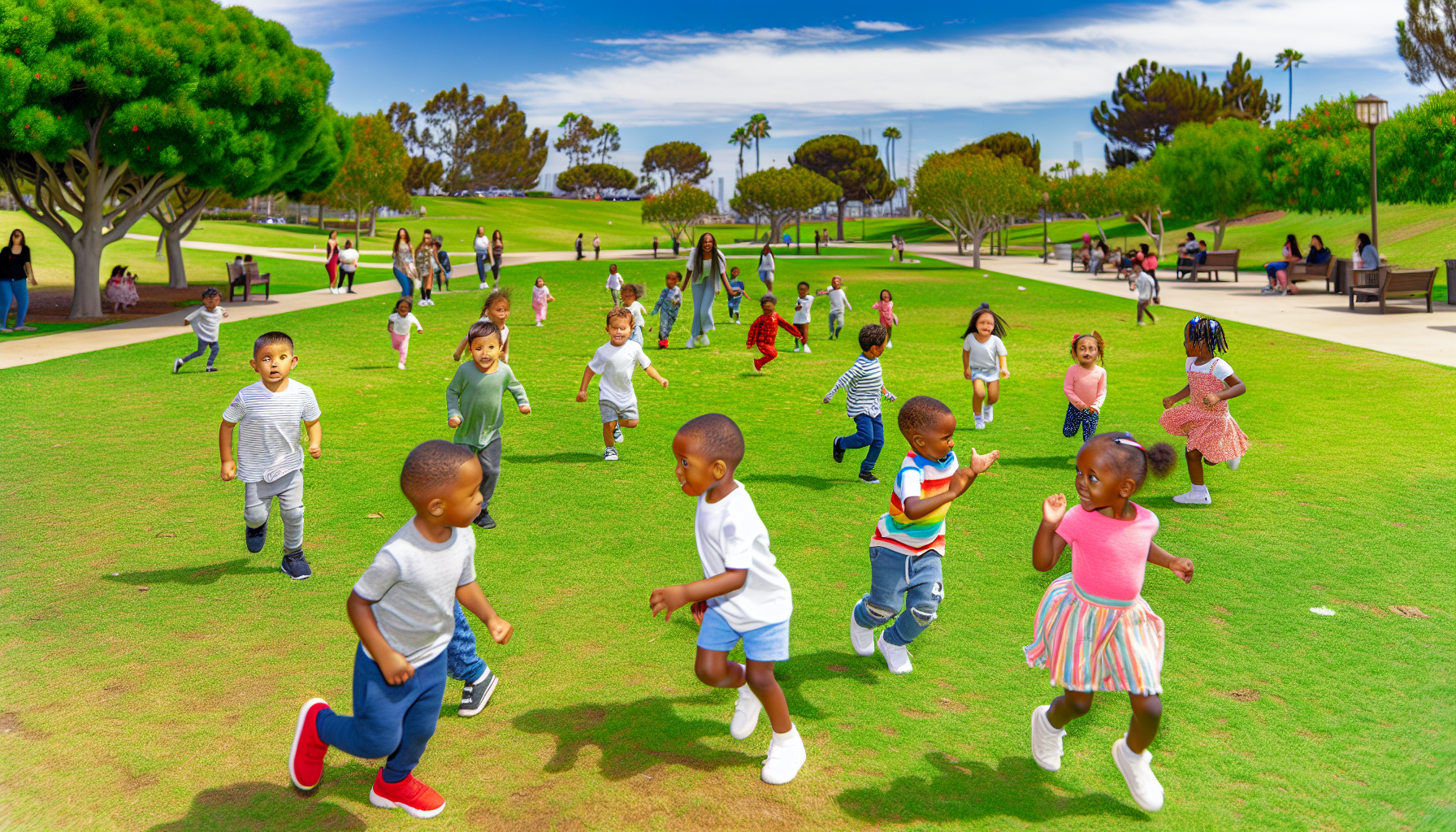
Active play, involving physical movement beneficial for coordination, motor skills, and balance, is a crucial aspect of a toddler’s development. Games like ‘Red Light, Green Light’ and ‘Follow-the-Leader’ can promote understanding of instructions while developing gross motor skills such as running, jumping, and crawling.
Imaginative Play and Motor Skills
Imaginative play cultivates creativity while bolstering the development of motor skills and cognitive abilities. Activities that include physical movements, like galloping as horses or dressing up, contribute to gross motor development and coordination. This form of play encourages toddlers to use their imagination and supports their cognitive development.
Nutrition’s Role in Physical Milestones
Proper nutrition is foundational to a toddler’s physical development. A balanced diet, consisting of three healthy meals a day, plus one or two snacks, can support their physical development. Essential nutrients, such as calcium for strong bones and healthy fats for brain development, are vital for a toddler’s growth and development.
From Milk to Meals
The introduction of a wide variety of solid foods is vital as toddlers transition from bottle-feeding to solid foods. By the age of two, toddlers should start eating the same variety of foods as the rest of the family, moving away from exclusive bottle-feeding.
Allowing toddlers to choose from healthy food options facilitates the development of a balanced diet as they grow.
Importance of Balanced Diets
To ensure toddlers receive all the necessary nutrients for physical development, their diet should be balanced and include:
- Protein
- Dairy
- Fruits
- Vegetables
- Grains
Including unsaturated fats from plant foods and fish in a toddler’s diet can have beneficial effects on their overall development.
Similarly, toddlers require about 700 mg of calcium a day, which can be met through 2 to 3 servings of calcium-rich foods,.
Safety First: Preventing Injuries During Milestone Achievements
Ensuring safety becomes paramount as toddlers reach new mobility milestones. Childproofing the home is a critical safety measure that includes installing safety covers on electrical outlets, using baby gates to block dangerous areas, and securing furniture to walls. By taking these preventative measures, parents can create a safer environment that supports their toddlers’ exploration and physical development without compromising their well-being.
Childproofing for Toddlers
Several steps are involved in childproofing the home. These include:
- Securing furniture and large household items to the wall to prevent them from being pulled over by curious toddlers
- Using baby safety gates to block off stairs and dangerous areas
- Covering electrical outlets with safety covers
- Turning pot handles toward the back of the stove
- Storing batteries and battery-powered items out of reach
Outdoor Play Safety
Another vital aspect of preventing injuries is to ensure safety during outdoor play. This includes ensuring playgrounds have age-appropriate equipment, using sun protection, and providing proper supervision.
Also, providing well-fitting helmets for most children when they use wheeled equipment such as tricycles, bicycles, rollerblades, or skateboards can prevent serious injuries.
Recognizing and Acting on Developmental Concerns
Supporting a toddler’s growth and child development goes hand in hand with recognizing and addressing developmental concerns. Developmental delays, when a child is continually behind in expected skills by a certain age, can affect various aspects of a toddler’s development.
A comprehension of these delays and knowing when to seek help can greatly impact a toddler’s ability to acquire new skills.
When to Act Early
Early intervention services can have a significant impact on a child’s ability to learn new skills, thereby increasing their success in school and life. Developmental screening is recommended at 9, 18, and 30 months, including screenings for autism at 18 and 24 months, or whenever there is concern from parents or providers.
Parents can contact their state’s public early childhood system directly for a free evaluation to determine if their child qualifies for intervention services, without a doctor’s referral.
Consulting with Professionals
Should concerns arise about a child’s development, parents ought to confer with their child’s pediatrician, who can determine if the child’s progress aligns with typical developmental milestones. After an initial consultation, the pediatrician might refer the child to a specialized professional for a more comprehensive evaluation of the child’s development.
Early intervention programs, which are either free of charge or at a reduced cost, are available in every state and territory for children who meet the criteria for developmental delays.
Summary
Navigating the toddler years is an exciting journey filled with milestones and achievements. Understanding these developmental milestones, promoting active and imaginative play, ensuring proper nutrition, and maintaining a safe environment are all crucial aspects of supporting a toddler’s physical development. Recognizing developmental concerns and knowing when to seek help can make a significant difference in a child’s ability to learn new skills. It’s a journey of discovery and growth, not just for the toddler but for parents and caregivers too.
Frequently Asked Questions
What are the physical development of a toddler?
Toddlers experience rapid physical development, mastering skills such as walking, running, climbing, feeding themselves, and drawing. By age two, most toddlers can navigate stairs, kick or throw a ball, and draw simple lines. This period is marked by improved gross motor skills like walking, running, and climbing, as well as fine motor skills such as feeding oneself and drawing.
What are the 5 stages of physical development?
The five stages of physical development are newborn, infant, toddler, preschool, and school age. These stages cover the period from birth through early childhood.
What are important developmental milestones for toddlers?
Important developmental milestones for toddlers include learning to walk, talk, use utensils, follow simple instructions, and show increased independence. Every child progresses at their own pace, but these are some common milestones to look out for.
How can I support my toddler’s physical development?
Encourage active play, provide a balanced diet, ensure a safe environment, and monitor developmental milestones to support your toddler’s physical development. These actions can help foster strong physical growth and development for your child.
What should I do if I have concerns about my child’s development?
You should discuss your concerns with your child’s pediatrician, who can assess their development and refer you to a specialized professional if needed. It’s important to address any concerns early to ensure proper support and intervention.
Share this post: on Twitter on Facebook on Google+

